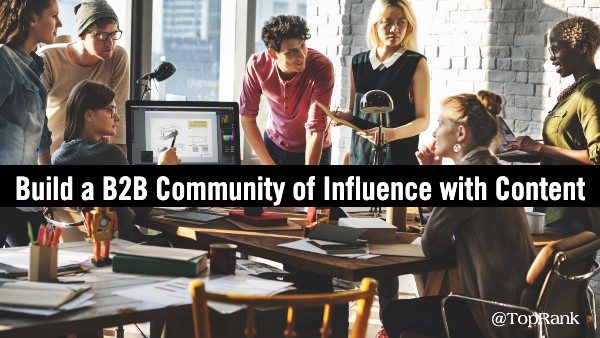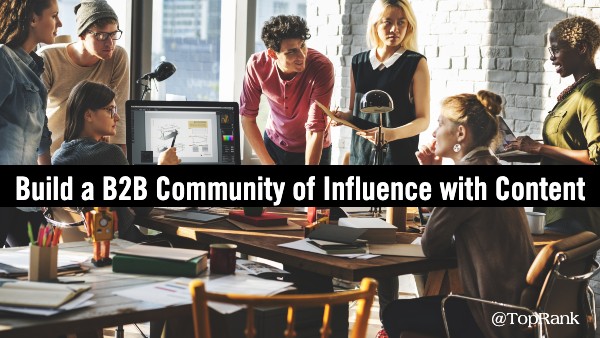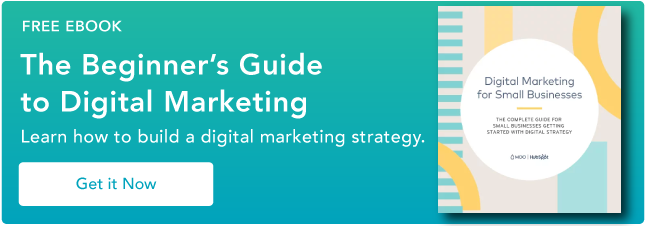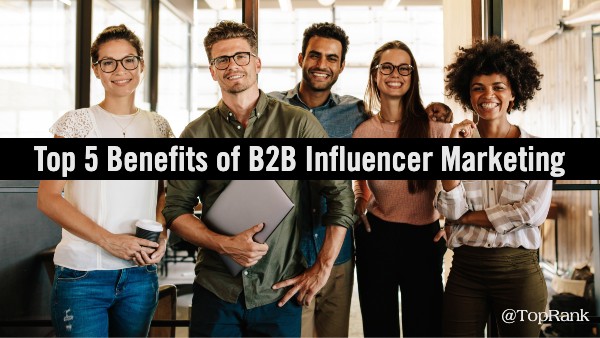How B2B Marketers Can Build a Community of Influence with Content

By Lee Odden

One of the most compelling scenarios for B2B marketers to build content and community is through a combination user generated content (UGC) and strategic content collaborations. To do this, many B2B brands will initiate ongoing social media content and engagement programs to stimulate dialog with customers, community and influencers to build essential relationships.
With B2B marketing shifting to digital first, there is more demand for content than ever, but there are also resource challenges with the need to continuously create new content. At the same time traditional social media and content marketing can have trust issues if the brand isn’t engaging with the community or the right influencers on a regular basis. A content marketing focused solution that solves for both of those challenges that also helps build community and influence for B2B brands can be found through participation marketing – aka, user generated content in the form of content collaborations with external influencers, brand community and customers.
As brands participate in social communities, asking and answering questions, engaging customers and sharing content, numerous opportunities exist to involve the community with content creation.
Crowdsourcing content with the different audiences of a brand helps create new, meaningful content as well as providing an opportunity to use the act of content collaboration as a way to build relationships, community and influence. When you make a relevant ask to contribute content and then use the resulting content to create mutual credibility and exposure for the contributors, the experience can drive deeper engagement and organic advocacy amongst the influential voices your customers trust.
Like all B2B marketing tactics, there are pros and cons for a crowdsourced approach to content. Some of the pros include:
- User generated content is trusted
- Contributors have an interest in helping promote the content
- UGC provides more content for search engines
- UGC provides more information sources for prospects & customers
- UGC publishing allows for critical feedback about products and services
- UGC publishing provides tools for brand evangelists
- UGC facilitates brand conversations within the marketplace
Of course there are a few cons too:
- Resources are needed for oversight and moderation
- Who owns the content?
- Where is the content published?
- What is the value exchange for contributors? If paid, it could hurt content credibility
The good news is that most of the cons can be mitigated with good communications, oversight and process.
From a practical application standpoint, here are a few examples how content can be crowdsourced and repurposed
1. Interviews. Asking other people questions is one of the most basic ways to crowdsource content. There are a number of ways to implement such an approach according to the desired outcome. Asking the community for suggestions of who to interview and what questions to ask is a great way to involve people in the process. Interviewing industry thought leaders provides the brand’s audience with unique content and creates a positive association between the “brandividual” and the company.
Be sure to empathize with thought leaders and their busy …read more
Source:: Top Rank Blog








